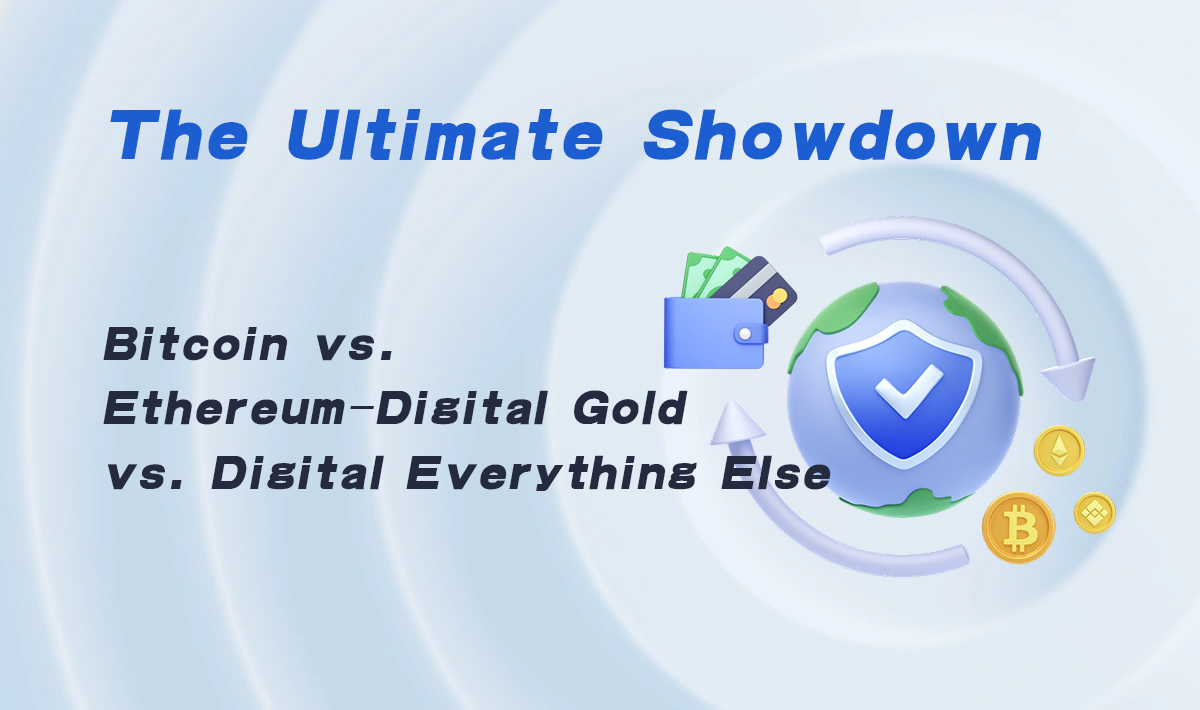Virtual Crypto Trading
Master Markets Without Risk
Practice trading Bitcoin, Ethereum, and altcoins with virtual funds in real market conditions
Learn How It WorksWhat is Virtual Crypto Trading?
**Virtual crypto trading** is the practice of buying and selling cryptocurrencies using simulated funds within a platform that mirrors real market conditions. These platforms provide users with virtual money to trade actual cryptocurrency pairs while experiencing genuine price movements and market trends.
No real money is involved—all transactions occur in a simulated environment that syncs with live market data from major exchanges. This allows users to gain practical trading experience, test strategies, and learn market dynamics without financial risk.
How Virtual Crypto Trading Works
Real-Time Data Integration
Platforms connect to exchange APIs to pull live price feeds, ensuring accurate, up-to-the-second market data for realistic trading experiences.
Simulated Trading Engine
Replicates real exchange functionality, processing market orders, limit orders, and stop-loss orders exactly like live trading environments.
Performance Tracking
Detailed analytics track every trade, calculating profit/loss ratios, win rates, and portfolio performance to identify strengths and weaknesses.
Easy Access
Most platforms require only registration to receive virtual funds, with no financial commitment or personal financial information needed.
Benefits of Virtual Crypto Trading
Risk-Free Learning
Beginners can familiarize themselves with trading interfaces and market dynamics without fear of losing money.
Strategy Testing
Traders can experiment with new approaches across different market conditions to determine effectiveness.
Emotional Discipline
Develop the emotional control needed to execute trades without succumbing to fear or greed.
Market Familiarity
Gain intimate knowledge of how different cryptocurrencies behave and what influences their price movements.
Cost-Effective
No transaction fees or minimum deposits remove financial barriers to entry for anyone wanting to learn.
Who Should Use Virtual Crypto Trading?
Choosing the Right Virtual Trading Platform
| Evaluation Criteria | Important Features |
|---|---|
| Data Accuracy | Real-time synchronization with major exchanges, minimal latency |
| Available Assets | Range of cryptocurrencies including majors, mid-caps, and altcoins |
| Trading Tools | Technical indicators, charting capabilities, and order types |
| Educational Resources | Tutorials, guides, and market analysis to support learning |
| User Interface | Intuitive design suitable for beginners but powerful for experts |
| Community Features | Social trading, leaderboards, and strategy sharing capabilities |
Popular platforms include eToro’s virtual portfolio, CoinMarketCap Simulator, and TradingView Paper Trading.
Transitioning from Virtual to Real Trading
Start Small
Begin with amounts that won’t cause financial hardship if lost while applying proven strategies.
Maintain Discipline
Apply the same risk management rules that worked in your virtual trading experience.
Stick to Proven Strategies
Start with approaches that demonstrated consistent results in your simulated environment.
Track Performance
Maintain a trading journal to compare virtual vs. real performance and identify adjustment needs.
Expect an Adjustment Period
Virtual trading lacks real financial pressure—allow time to adapt to the emotional aspects of live trading.

